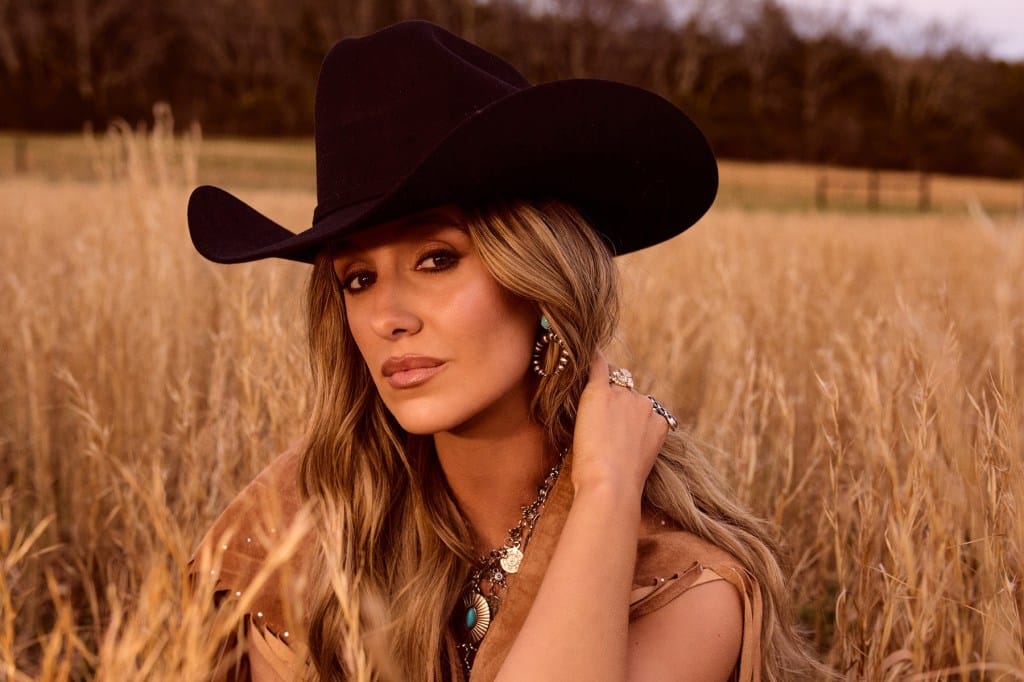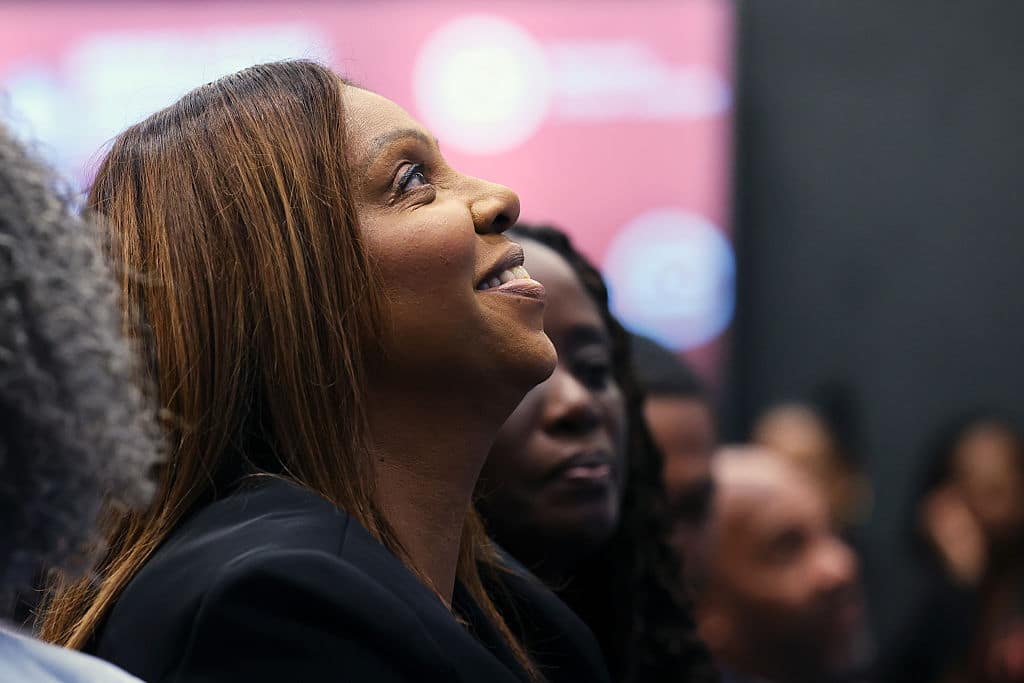
On July 27, 1983, Madonna released Madonna, a self-titled debut that introduced the world to a Michigan-born, New York City-based woman who would become one of the most influential pop stars of all time. The album entered the Billboard 200 at No. 190, eventually hitting No. 8 and producing three top 20 singles on the Billboard Hot 100 and two No. 1 hits on the Dance Club Songs chart.
Even so, skeptics and hostile gatekeepers were as omnipresent as the bracelets around the 25-year-old’s wrists. Some dismissed her as a flash in the pan, deriding her vocals, fashion and dance-pop sound. Some of that was a symptom of the times. By 1983, the disco backlash — a movement at least partially motivated by homophobia and racism – was still a major motivator among industry players and tastemakers, and Madonna’s deification of the dancefloor didn’t jibe with those who wanted to see rock stay on top – without making room for anyone else.
Madonna, influenced by disco and coming up just as the burgeoning freestyle genre was taking shape in her adopted hometown of NYC, helped push unabashed dance-pop music back into the top 40 mainstream. She would go on to notch 12 No. 1s on the Hot 100 and become one of the best-selling artists of all time.
But in 1982, when Madonna made an early appearance in the pages of Billboard, she wasn’t there yet. In fact, she wasn’t even one person, according to us. The Nov. 6 issue described Madonna as “a young New York duo produced by DJ Mark Kamins” when writing of her debut 12-inch “Everybody.” Well, one of those things was correct: “Everybody,” which would appear on her debut LP the next year, was produced by Kamins. As for the rest of the album, Reggie Lucas – a Miles Davis sideman who had previously produced Roberta Flack and the Spinners – produced six tracks on the album, in addition to writing “Borderline” and “Physical Attraction”; John “Jellybean” Benitez produced one song, “Holiday,” which was written by two members of the dance band Pure Energy; Madonna wrote the other five songs.
Below, in honor of the album’s anniversary, we’re ranking all the songs on Madonna, one of the all-time great pop debuts.
-
“I Know It”
On this one, Madonna plays a jilted lover who finds release from pain and hopeless tears through the power of dance music. It’s a theme she would return to many times but hadn’t quite perfected yet in 1983. Sure, “I Know It” boasts punchy synths, a solid bass line and an attitude-filled bridge, but the chorus is just too unmemorable to make the song stick. But even on the album’s weakest song, she delivers a convincingly hurt-yet-resolute vocal performance in her lower registry that makes those early career critiques about her so-called “Minnie Mouse on helium” voice seem absurd in retrospect.
-
“Think of Me”
Staccato synths give way to funky electro-pop that glides along with an NYC street swagger, and while the song might not amount to much – the breakdown presided over by a smooth tenor sax (courtesy Bob Malach) is nice but hardly an adequate payoff – it’s a perfectly serviceable album track. It’s unlikely to make anyone’s list of deep-cut faves, but better than most people probably remember.
-
“Physical Attraction”
Over a throbbing, libidinous bass line, Madonna coos about a chemical reaction with a stranger who might be the one or just one of many – who cares when “all of your moves are right”? Even in her early days, Madonna possessed a singular ability to deliver lascivious come-ons with a sweetness and candor that made singing about sex seem natural and correct (which it is) as opposed to shockingly sinful. As she simply states during the spoken word section, “I know that I want you, and that’s nothing to be ashamed of.” Nevertheless, parents, priests and puritanical critics did clutch their pearls, but the fans – and the ensuing generations she would inspire – knew better.
-
“Everybody”
With that unearthly keyboard chime and those warped synths that seem to fade in and out like they’re coming from a dirtier dancefloor in the club’s backroom, Madonna drops the bright, buoyant vibes that characterized the rest of the album and closes her self-titled on a dark, sensuous note. Despite the self-effacing “you know what I’m trying to say” lyric, Madonna knew exactly what she wanted to convey on her debut single: Her confident order to “let the music take control / find a groove and let yourself go” is as good of a Madonna Mission Statement as anything. Released in May 1982, it peaked at No. 3 in early 1983 on what was then called the Dance/Disco Top 80 (now Dance Club Songs).
-
“Holiday”
The only song on the record that didn’t come from the pen of Madonna or Lucas (Curtis Hudson and Lisa Stevens of the dance group Pure Energy wrote it), “Holiday” found the nascent superstar teaming with an influential DJ/producer in the NYC music scene, John “Jellybean” Benitez, to give her debut record a burst of fresh air. Madonna matches the childlike lyrics with a guileless vocal while sunshine synths, funky guitars and cowbell aplenty (played by the icon herself!) dance nimbly around her. It’s a celebratory rallying cry that soars not in spite of, but because of, its simplicity. Cracking the top 20 on the Hot 100 and topping Dance Club Songs for five weeks, it became an anthem for the LGBTQ community, which was sorely in need of respite during the HIV/AIDS crisis of the 1980s.
-
“Burning Up”
From the moment Paul Pesco’s guitar rips a hole through your speakers at the top of this song, it’s obvious that “Burning Up” goes a little harder than the rest of the LP. Riding atop that wailing electric guitar, pounding beat and rubbery bass guitar, Madonna says the quiet part out loud — “Unlike the others I’d do anything / I’m not the same, I have no shame / I’m on fire” – with a ferocity and directness almost unheard of in music before then (though shout-out to sexual empowerment predecessor Betty Davis). Her second single, it followed the path of her debut, missing the Hot 100 but peaking at No. 3 on Dance Club Songs.
-
“Borderline”
With playful synths that sound like they’re coming out of a classroom xylophone, skittering rhythms and sentimental keys, “Borderline” is a fluffy musical macaron from the pen of producer Lucas that probably would have been a hit in anyone’s hands – and sure enough, it became her first top 10 on the Hot 100. But Madonna extended the shelf life of this light-as-air confection into the GOAT pop pantheon thanks to a bravura vocal performance that aches with naïve bliss, teasing vigor and indefatigable self-confidence. One of the decade’s all-time great singles.
-
“Lucky Star”
As those sparkling synths rise, fall and rise again like a constellation viewed through time-lapse footage, a metallic beat punches in and Madonna begins her debut album. The clean, minimalist electronics of “Lucky Star” pair sublimely with the nursery rhyme-based lyrics, which Madonna sings with the experience and longing of an adult woman. When she sasses the double entendre “come on – shine your heavenly body tonight,” she exudes confident sexuality without undercutting or mocking the sweetness of the source material. Mixing romantic infatuation with a childhood touchstone clearly hit a chord with Madonna’s growing audience of teens and twentysomethings; “Star” shot to No. 4 on the Hot 100 in 1984, becoming her first top 5 hit on the chart and helping to solidify a career that the world has been the luckiest, by far, to witness.

 State Champ Radio
State Champ Radio 






